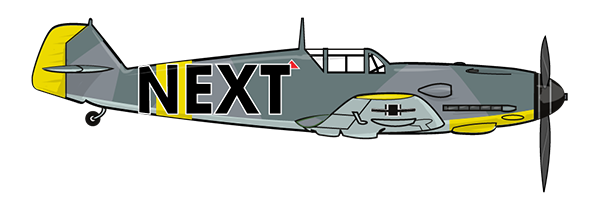A Brief And Mostly Accurate History Of World War Two Air Combat

World War 2 began on September 1st, 1939, with the roar of Stuka dive bombers as they dove down upon a sleeping Poland. (It was 4:34 in the morning, and sensible people were in bed, not out bombing bridges). "Stuka" is short for a long German word that is so difficult to pronounce without spitting that even Germans preferred to just call the plane "Stuka". The word simply means "Dive Bomber", and while there were many dive bombers built during the war, the German Stuka was the most legendary of them all, largely because it managed to scare the willies out of its wide-eyed targets by virtue of a small, inexpensive siren mounted on its fixed landing gear which wailed like a banshee whenever it attacked.
 Interestingly, the sound of a Stuka wailing became synonymous in the public imagination with diving aircraft, and you can now often hear it overlaid onto movie soundtracks whenever a plane is crashing.
Interestingly, the sound of a Stuka wailing became synonymous in the public imagination with diving aircraft, and you can now often hear it overlaid onto movie soundtracks whenever a plane is crashing.
The dive bomber was actually an American invention that captured the imagination of Ernst Udet, a famous German WWI ace and barnstormer, when he saw it on a tour of the States before the war. Ernst thought the idea so keen he persuaded the captains of industry in pre-WW2 Germany to build their own. The Stuka was slow and ugly and underarmed, and really only did one thing well...it dropped its bombs right where it was pointed. This accuracy was very much appreciated by German infantry, who called the Stukas in to destroy obstacles to the Wehrmacht's advance, like machine gun nests, tanks or stubborn toll booth attendants. The revolutionary combination of skilled infantry, hard-driving massed armor and close air support were the key ingredients of what became known as the Blitzkrieg, or "lightning war".







